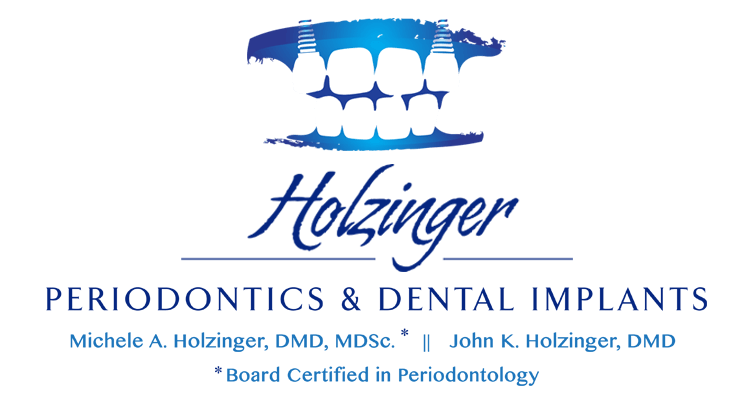How do you know when you have a bad tooth? If you’ve ever had a toothache from a cavity or an infected tooth, you won’t soon forget it. But sometimes a tooth can be bad without causing you any pain. Sometimes you won’t feel it because the nerve is dead inside the tooth. Once a tooth is that far gone, it may not be able to be saved with restorative measures such as a filling or a root canal.
Another way a hopeless tooth is discovered is by your dentist. When you visit your dentist for a cleaning and examination, X-Rays are sometimes taken, which can indicate that a tooth has severe decay. In some cases the dentist can see that a tooth is decayed with their own eyes. But if the tooth doesn’t hurt, does any action need to be taken? Yes, and here’s why.
Get the Tooth Out Before it Hurts To Avoid More Serious Problems
A severely decayed tooth that remains in the mouth for too long can cause a variety of other oral health problems, such as:
Infection.
When a tooth is severely decayed it can become infected with bacteria, which can be extremely painful and potentially serious. For those with weakened or compromised immune systems, it can be difficult to fight off infection, even with the help of antibiotics. Infection in one tooth can easily spread to the teeth and gums around the tooth, and can be difficult to stop.
Gum Disease.
When the defective tooth becomes dead inside, it can cause the gums to recede from the tooth. When that happens it leaves pockets of space for bacteria to build up and cause infection. Gum disease occurs when the gums around and under the teeth become infected. It can spread throughout the gums and put healthy teeth at risk for decay or infection. Not to mention that your breath probably won’t be very fresh as a result.
Bone Loss.
A tooth that is beyond saving will eventually loosen from the gums and jaw bone that hold it in place. Once this happens the jaw bone will start to resorb or deteriorate, becoming very weak and eventually going away completely. Repairing bone loss is a long and difficult process that typically requires bone grafting, a surgical procedure involving the implantation of a bone fragment to help regenerate bone growth. It can take weeks or months for the jaw bone to fully regenerate enough to support a dental implant. Sometimes, if there is too much bone loss, it is not even possible to place an implant or an aesthetic restoration.
The saying “An ounce of prevention is worth a pound of cure” absolutely applies to extraction of teeth that cannot be saved.
Extracting a Hopeless Tooth Prepares the Way for a Successful Dental Implant
As stated above, when a tooth is severely decayed past the point of restoration it can cause problems from infection to bone loss. One of the best options for replacing a hopeless tooth is a dental implant, which is an artificial tooth root with a crown that is implanted into the jaw bone. It looks and functions just like a natural tooth.
But in order for a dental implant to be successful, there has to be sufficient jaw bone and gum tissue to support it. When a tooth has been bad for so long that there is infection and bone loss, those issues must be addressed before an implant can be placed. The infection must be cleared up and a bone grafting procedure will be required to regenerate the jaw bone.
Extracting the tooth before pain and infection begin sets the stage for a successful tooth replacement.
Why Have Your Tooth Extracted by a Periodontist?
A periodontist specializes in specific dental issues, such as gum health, jaw health, and the placement of dental implants. An experienced periodontist can extract teeth that are beyond the possibility of restoration and replace them with implants, all from one office.
Don’t let a bad tooth remain in your mouth any longer than you have to. Call 860-347-8457 today to make an appointment at Holzinger Periodontics and Dental Implants or request an appointment.

